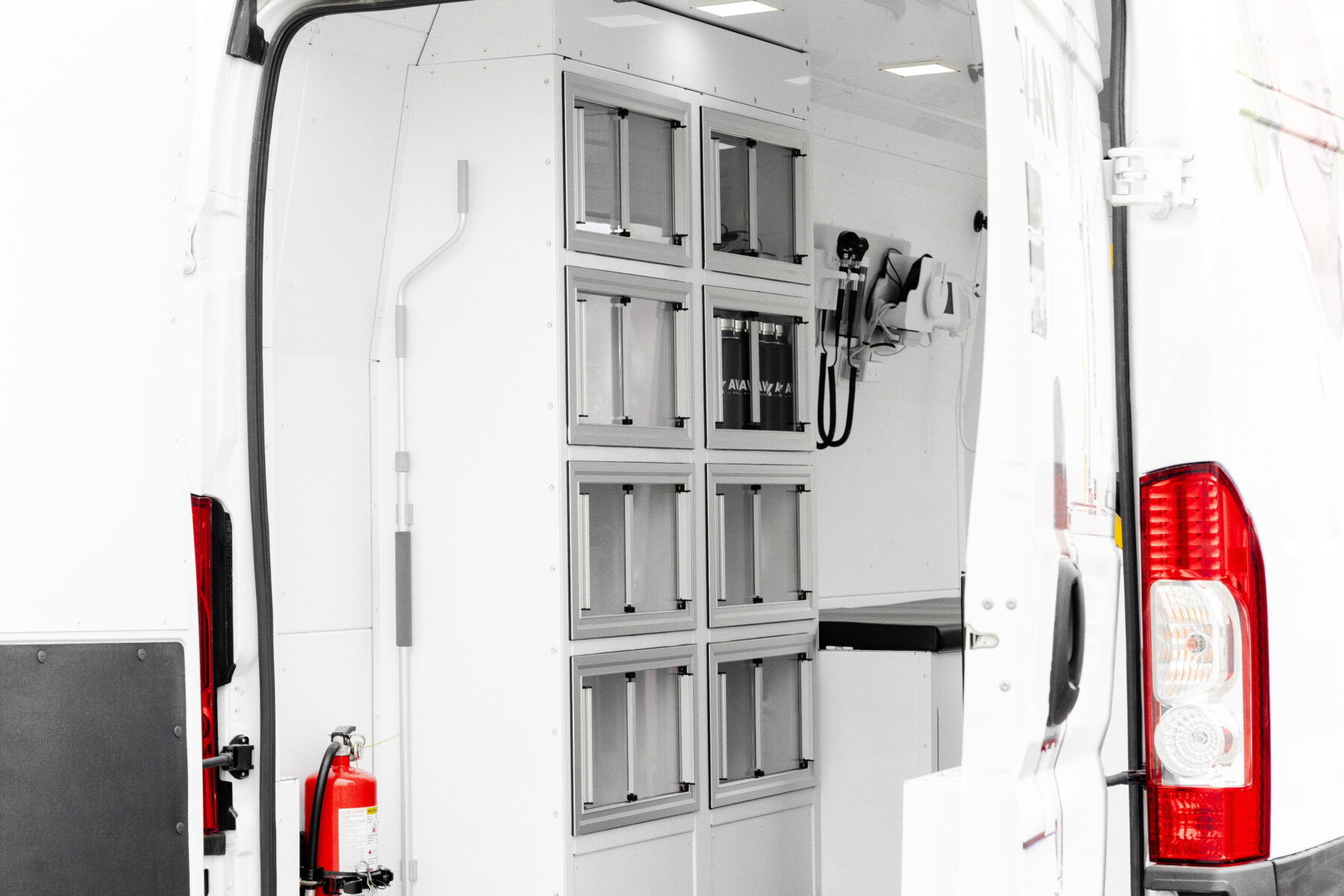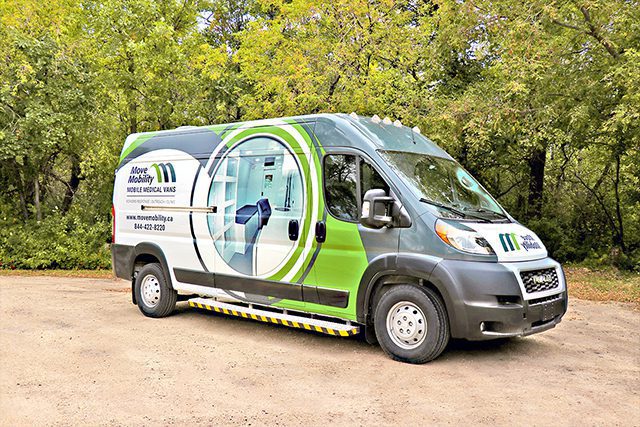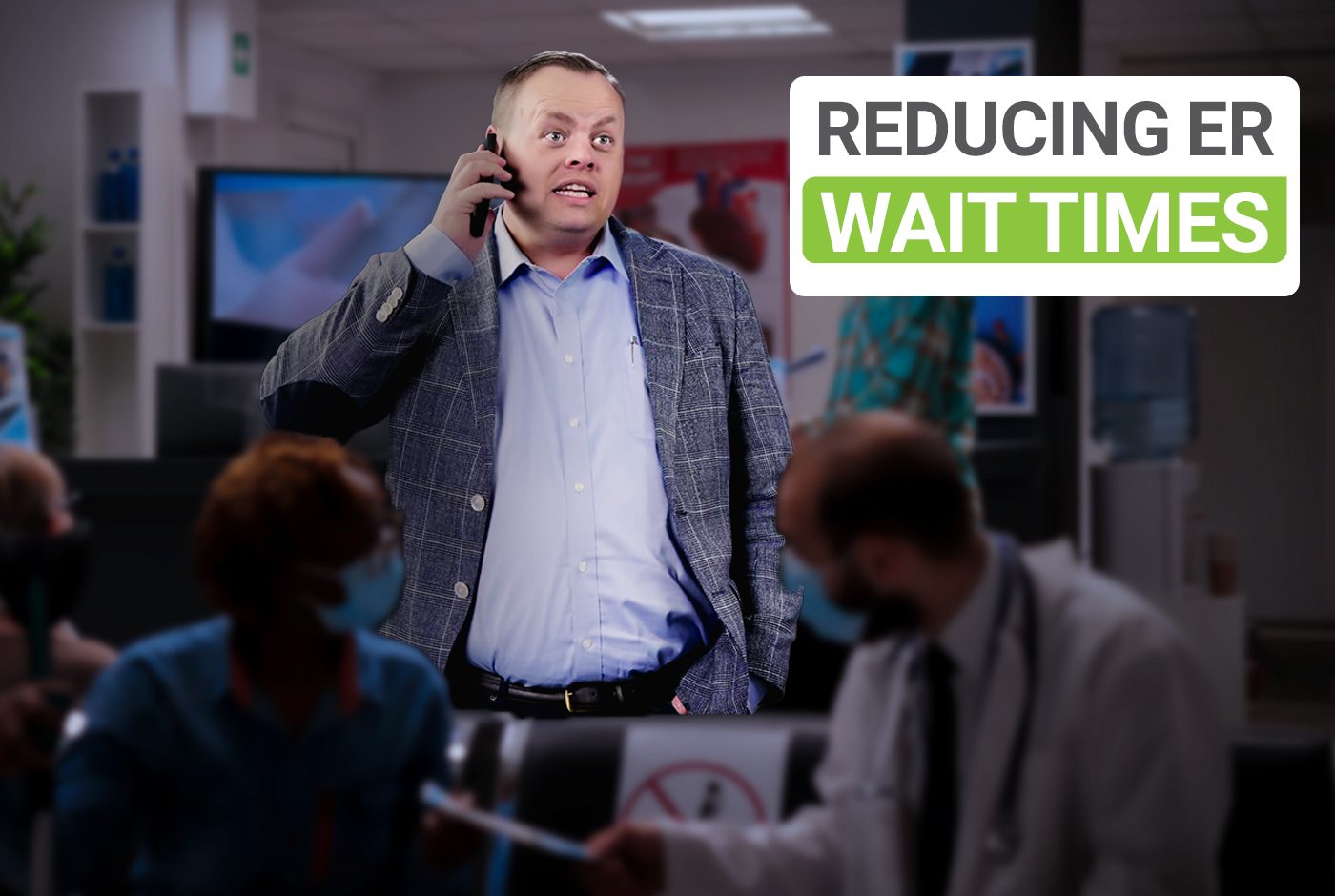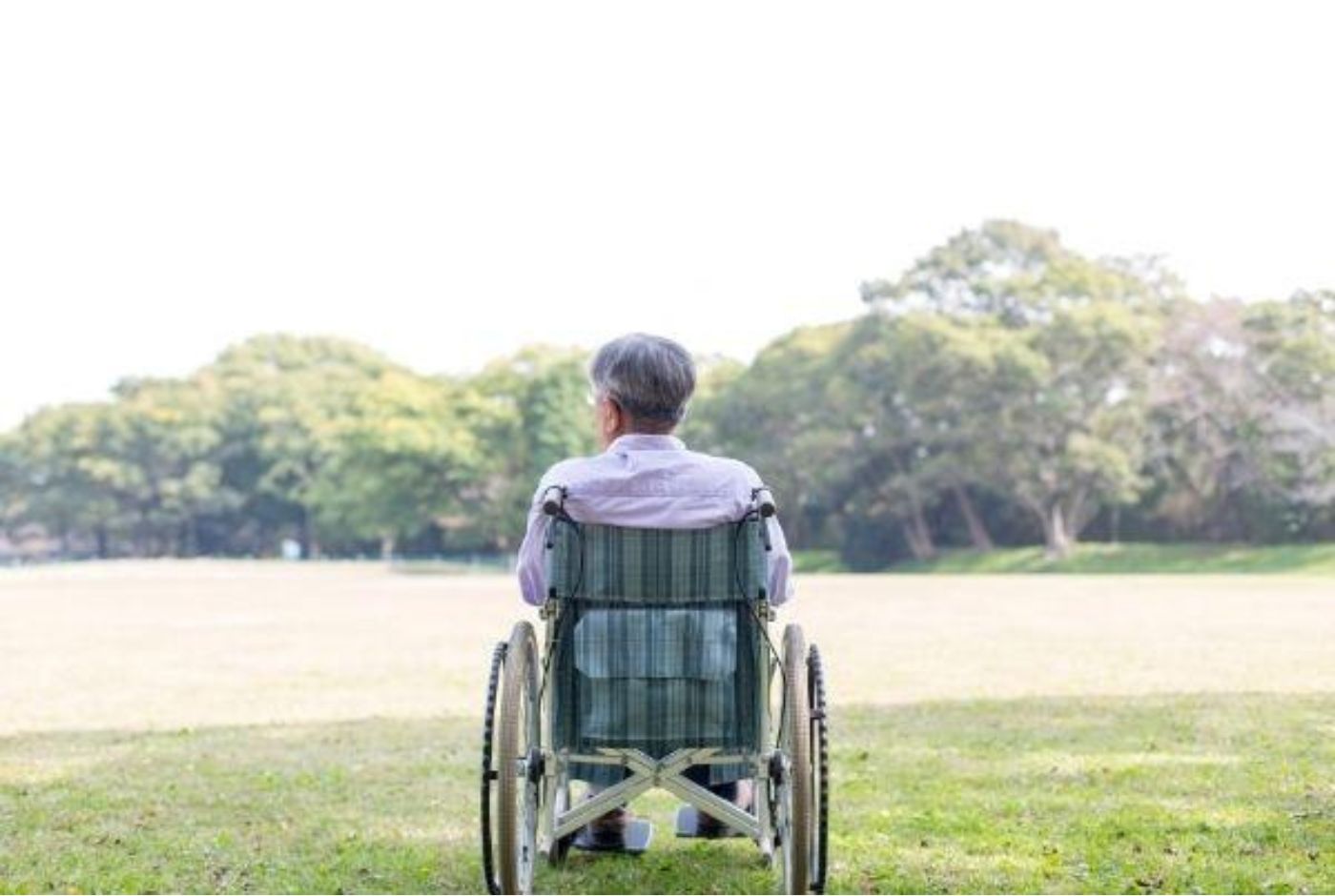First Nations and Indigenous communities in Canada continue to face significant barriers when it comes to accessing healthcare services. Some of the barriers include geographic isolation, limited healthcare facilities, cultural and language barriers, socioeconomic factors, stigma, and historical trauma.
At MoveMobility, we’ve been manufacturing mobile medical vehicles and wheelchair vans for well over a decade. First Nations communities have seen first-hand the difference our vehicles have made in reducing barriers to transportation and/or healthcare. We’ve made hundreds of these vehicles for organizations and communities like yours seeking to break down barriers.
Keep reading to learn more about the barriers that First Nations and Indigenous communities face and how our Mobile Clinic Vans can help remove these barriers to make a positive change in communities.
10 barriers to healthcare in First Nations and Indigenous communities
First Nations and Indigenous communities face barriers to healthcare that many people often take for granted. Let’s take a closer look at some of the common ones.
- Limited access to healthcare: First Nations and Indigenous communities often live far from hospitals and doctors. This makes it really hard to get medical help when it’s needed.
- Transportation troubles: Getting to healthcare facilities can be tough, especially without access to a car or public transportation. Without proper transportation, people in these communities can’t easily get to medical appointments, especially in emergencies.
- Cultural and language differences: Different cultures and languages cause misunderstandings in healthcare. Sometimes, healthcare workers don’t fully understand the beliefs and traditions of Indigenous communities. This can lead to problems in providing the right care.
- Financial challenges: Money can be a big problem that affects many people in these communities. Prescription medication can get expensive, even if you have insurance. Limited income makes it hard to get the care needed.
- Lack of awareness: Some people in these communities don’t know about the healthcare options available to them. They might not even know where to go for help.
- Healthcare infrastructure: Healthcare facilities are scarce in many Indigenous communities. Some clinics are not well-funded and don’t have enough staff or modern equipment for certain tests. This makes it difficult to provide high-quality healthcare.
- Historical trauma and mistrust: Past events like colonialism have left deep scars on Indigenous communities. Many people living in these communities have no trust in the healthcare system because of this history. Building trust and providing sensitive care is important.
- Limited healthcare education: Some Indigenous communities lack access to healthcare education. Without healthcare education, people become confused about the symptoms or ailments they’re experiencing.
- Cultural stigma: In some cases, there’s a stigma around seeking healthcare within Indigenous communities. People are hesitant to seek medical help due to fears of being judged or misunderstood. Addressing this stigma is essential to ensure people get the care they need.
- Lack of preventative care: People in Indigenous communities might not think much about preventive healthcare, like regular check-ups and vaccinations. But doing these things can help prevent bigger health problems later on.
What’s the solution to healthcare barriers in First Nations and Indigenous communities?

One of the best solutions to the barriers we talked about is a Mobile Clinic Van.
Think of a Mobile Clinic Van like a doctor’s office on wheels. A Mobile Clinic Van is a van that’s been turned into a mobile medical space.
These vans help bring basic healthcare and other important services to places where people can’t easily reach regular healthcare, like First Nations and Indigenous communities.
Let’s take a look at the solution to these barriers in the context of how the Mobile Clinic Van addresses each one of them.
- Solution to limited access to healthcare: The Mobile Clinic Van is designed to provide primary healthcare and services to underserved populations. It brings medical care to people who are far away from traditional healthcare facilities. This means that even if people have mobility issues or live in remote areas, they can still receive the healthcare they need.
- Solution to transportation troubles: It’s not always easy for everyone to get to a healthcare center. The Mobile Clinic Van solves this problem by coming directly to people. That means people in First Nations communities don’t need to make long trips; the van brings healthcare to their doorstep.
- Solution to cultural and language differences: Your organization can staff your Mobile Clinic Van with professionals who understand the unique cultures and languages of Indigenous communities. This fosters trust and ensures patients receive culturally sensitive care.
- Solution to financial challenges: The Mobile Clinic Van offers accessible healthcare options, making it more affordable for those with limited income in these communities.
- Solution to lack of awareness: People in First Nations and Indigenous communities may not know about healthcare services. The Mobile Clinic Van in Indigenous and First Nations areas helps people learn about healthcare options available to them.
- Solution to healthcare infrastructure: Your organization can customize and equip your Mobile Clinic Van to make it a fully functioning healthcare facility on wheels. This is important in areas where there isn’t any healthcare infrastructure in place.
- Solution to historical trauma and mistrust: Historical trauma and mistrust of healthcare systems are significant barriers. The Mobile Clinic Van aims to rebuild trust by offering respectful and sensitive care, particularly to Indigenous communities.
- Solution to limited healthcare education: Your organization can use the Mobile Clinic Van not only to provide treatment but also to educate these Northern Canadian communities about various health issues, bridging the gap in healthcare education.
- Solution to cultural stigma: Cultural stigma can discourage people from seeking medical assistance. The van provides a private and safe space for individuals to receive care, reducing this stigma and ensuring confidentiality.
- Solution to lack of preventative care: Preventive healthcare is essential no matter where you are. The Mobile Clinic Van offers services like regular check-ups and vaccinations, emphasizing the importance of prevention. The early detection of health problems allows for timely intervention and treatment.
Start your journey in reducing barriers to healthcare today
You found this resource while researching how to reduce healthcare barriers in First Nations and Indigenous communities.
Now that you have a better idea of how a Mobile Clinic Van addresses all of these barriers, you might be wondering what the next step is.
Firstly, you should read our article on the 5 steps to buying a mobile medical van. This article will give you a better idea of what’s involved and where to start.
After that, read our article to learn more about the costs and possibilities of mobile medical van customization. You’ll learn more about what you can do with our vans and the costs involved.
Every van conversion we complete at MoveMobility improves the travel and healthcare experience for more people across Canada. If you’re interested in seeing if the Mobile Clinic Van is the perfect fit for your organization, talk to a MoveMobility expert today.







